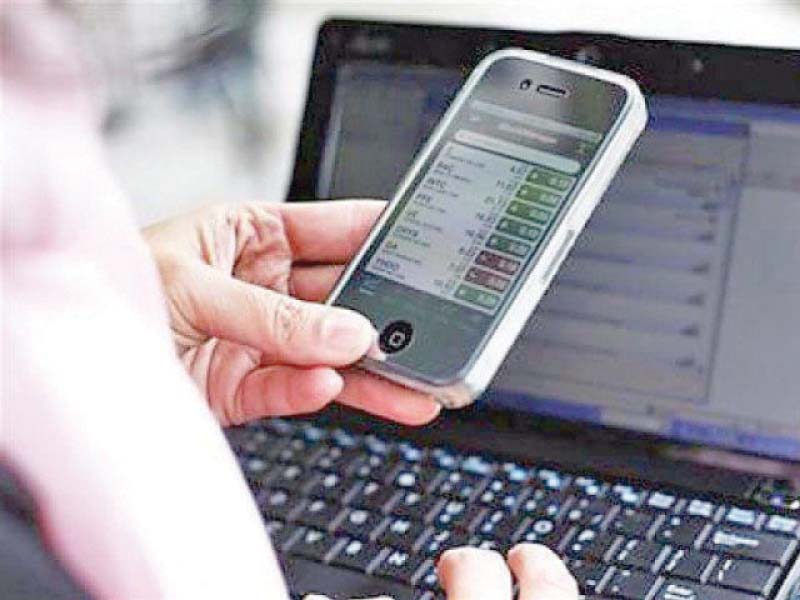
In today’s digital era, he said, Pakistani banking system was operating on a 19th century model and was almost trapped since decades when it came to numbers.
“Pakistani banking system witnessed its last boom in Musharraf’s tenure, since then the country’s key performance indices have almost stalled, despite the fact that other nations manage to put their banking network on an upward trajectory,” Aqil told The Express Tribune in an interview.
“We have a huge population of over 200 million people but total bank accounts have been stuck at 41 million for years, of which less than 20 million are actually active.”
For Aqil, Pakistan’s biggest issue is that people are heavily relying on cash-based transactions, thereby avoiding bank dealings. This is making commercial banks happy as excess cash is parked with them and they are happy to lend it to the government and make handsome profit.
“Only Rs4.25 trillion out of the total of Rs13 trillion deposited in 36 commercial banks is actually circulating in the economy; our advances-to-deposit ratio is roughly 45% and our money is not going back into the economy for productive purposes,” he added.
The total number of commercial bank borrowers currently stands at 3.5 million whereas in microfinance banking, the number of borrowers is nearly double at 7 million with Rs2.75 billion in loan portfolio which is growing at an exponential rate of 40% per annum.
“In the entire world, it is established as a critical milestone to give every citizen access to a bank account and allied services and encourage them to use such channels for transactions so the money keep circulating in the economy,” Aqil pointed out.
However in Pakistan, there are certain issues hindering this growth. Even in digital transactions, commercial banks charge 3-4% fee and a massive interbank transfer fee which, he said, should be free if the country wanted to encourage digitalisation.
“In this world, no digital service or platform has achieved massive success by charging end-users; all such models are built on free transaction mechanisms; same models should be applied in digital banking in Pakistan as human behaviour can change if transactions are free,” he suggested.
“The fastest way to move Pakistan forward is to give every Pakistani a digital bank account and for this a free, simple and close to real time digital policy is the need of the hour,” he said, adding “apart from an enabling environment, the government should announce some incentives for the citizens who use digital payment methods.”
The incentives might include eliminating withholding tax on bank transactions above Rs50,000 per day or waiving some tax percentage if a citizen uses the digital payment system for fuelling vehicles.
He was of the view that commercial banks would develop themselves only after the artificial barriers, which restricted the movement of money, were lifted, otherwise, their current business model was suiting the existing banking structure.
Stolen data of Pakistan bank clients available in illegal market
Pakistan is well positioned for digitalisation as the country currently has roughly 56 million mobile broadband users and around 60 million smartphone users, which are projected to reach 100 million by 2020. “We do have financial inclusion, payment switches, credit bureaus and payment gateways for e-commerce and m-commerce, 14,000 ATM machines and above all upcoming fifth generation broadband technology,” Aqil pointed out.
“All the new things will go through mobile broadband for digitalisation of economy, but the question is how our banking system is going to participate in this process,” he asked, adding “since the new government came with the slogan of ‘New Pakistan’, so it would be much better for it to initiate the process by digitalising its own payment mechanism.”
Published in The Express Tribune, December 26th, 2018.
Like Business on Facebook, follow @TribuneBiz on Twitter to stay informed and join in the conversation.

1732569774-0/Baymax-(2)1732569774-0-165x106.webp)















COMMENTS (1)
Comments are moderated and generally will be posted if they are on-topic and not abusive.
For more information, please see our Comments FAQ